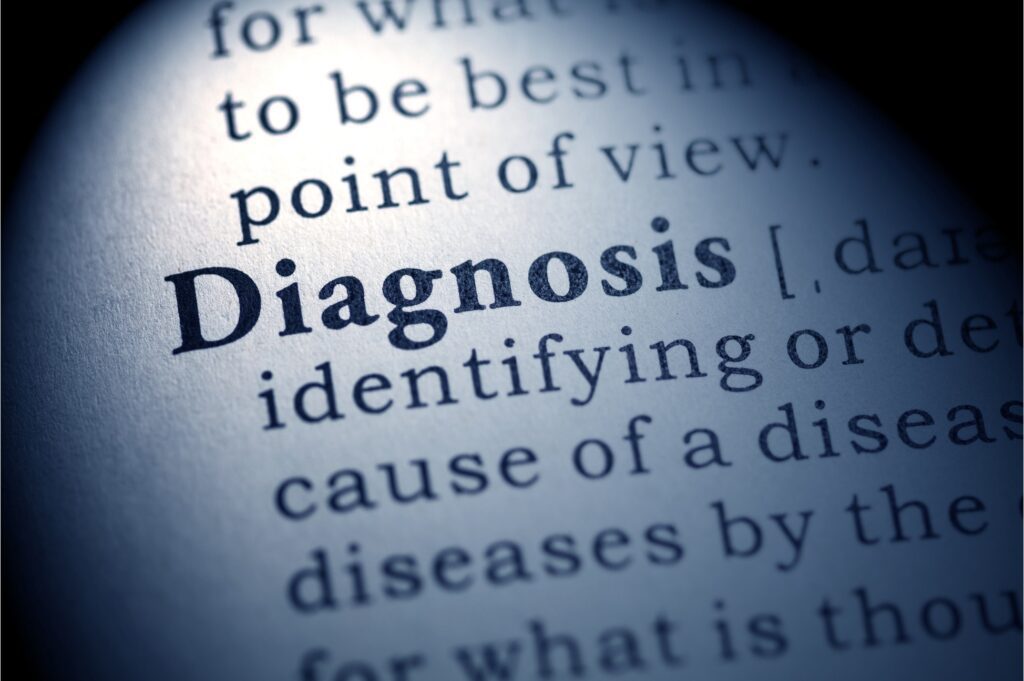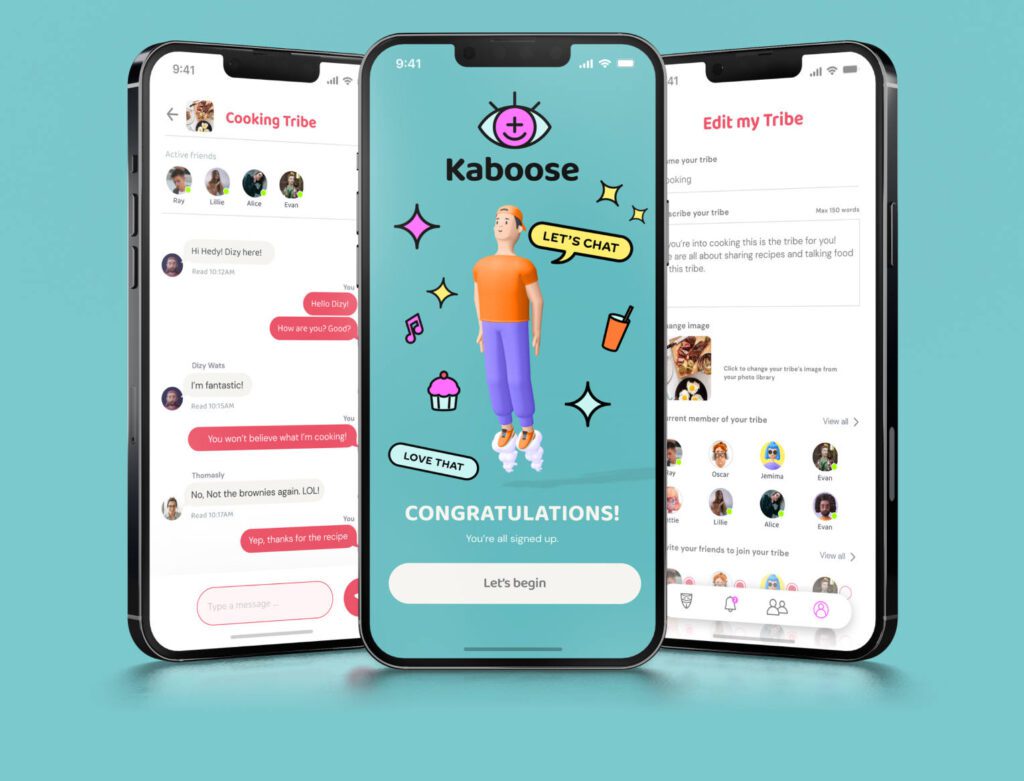After the diagnosis of Autism/ADHD, we were recommended to attend a social skills play group. My son was aged 4 at the time. I was optimistic about the program and was looking forward to having a place where we could feel a sense of belonging. Part of the program was having morning tea with the parents and children. All the other children were sitting down for morning tea. I couldn’t get my son to sit, he just wanted to move, his hands and fingers were into everything. Throughout the session, I was constantly following him around trying to redirect him to achieve what I thought the goal was, to sit down and participate with the group.
I could feel the anxiety building in me as my son was the only one moving around. I could feel the eyes of the other mothers watching me as I tried to navigate the situation. I couldn’t help feeling like I was being judged as someone who couldn’t control the situation or that I was doing it wrong.
It became obvious that this wasn’t the right setting for my son. Despite wanting to provide an environment for him to help him navigate the social setting and a place for me to find my tribe, I had to consider both our emotional responses to this type of setting.
Looking back, I can now see why I found these groups challenging. I would find myself listening to stories of sleeping babies, coffee catch ups, babies and toddlers chilling out in their prams throughout the coffee-dates. Stories I couldn’t relate to, conversations I couldn’t participate in. It was a time of extreme loneliness.
Having a feeling of belonging is different for everyone. It’s not a one-size fits all. What I learned is that trying to make my son fit into the ‘mould’ society had created for new mothers was causing us both a level of anxiety. I realised that social groups for my son wasn’t the answer to really supporting him. Trying to conform to a social norm of attending these types of events made us both more stressed and upset. Many years later I realise this was partly due to the ADHD component of his diagnosis.
As we learn to recognise our own emotions, we have the ability to recognise the emotion in our children and young people. We are able to help them identify their feelings and recognise what they really need in order to support their development.
Now when I see these uncharacteristic behaviours, I stop to think about what might be triggering the behaviour or anxiety. Once we take the time to really observe what’s happening, we can see that it’s the situation the young person is in that is often causing the behaviour or anxiety. We can help them name the feeling and work through strategies to help address the feeling.
My focus now is on how to support my son in participating in the community in a way that aligns with what he wants and needs.




